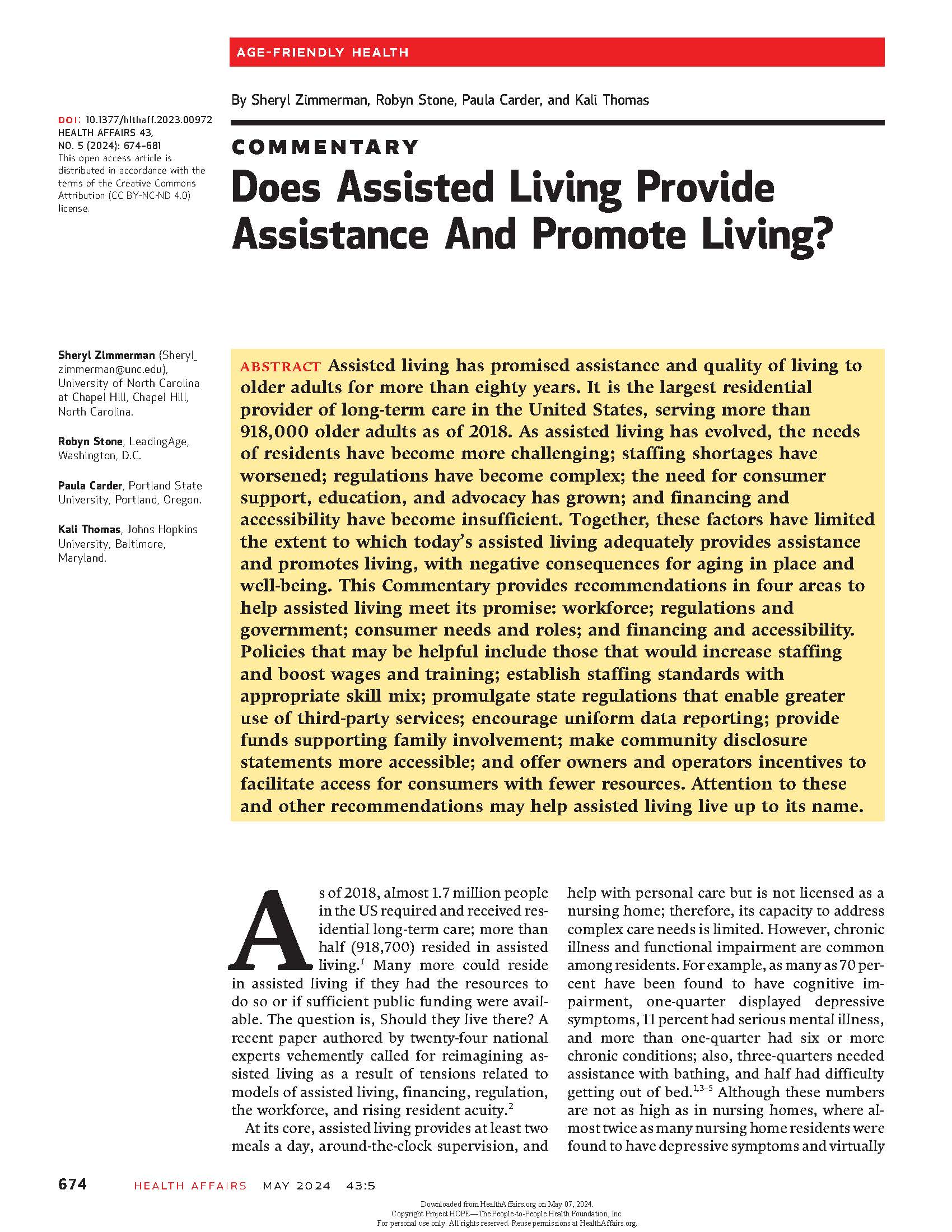Objectives
Older adults’ wellbeing during the transition into an assisted living facility (ALF) is not well understood and may influence their wellbeing. The Mueller Assessment of Transition (MAT) was created to measure the impact of transition on older adults’ wellbeing. Early developmental testing of the MAT revealed a hypothesized model with two constructs (adjustment strategies and constraints to wellbeing). Therefore, the purpose of this study was to confirm the factor structure of the MAT with a representative sample of older adults transitioning into ALFs.
Methods
In a nationwide sample, 108 older adult participants completed the MAT to measure wellbeing when relocating into ALFs. Confirmatory factor analysis (CFA) assessed the structural validity of the MAT. Internal consistency was evaluated, and chi-square tests of association for regional differences in MAT scores were also conducted.
Results
The CFA produced strong fit indices to confirm the hypothesized 2-factor (constraints to wellbeing and adjustment strategies) model of the MAT. Cronbach’s alpha for the internal consistency was 0.784 and chi-square test indicated no significant regional differences.
Conclusion
The MAT was established as a valid and reliable standardized assessment. Implications for using the MAT as a tool to measure older adults’ wellbeing and future research are discussed.


